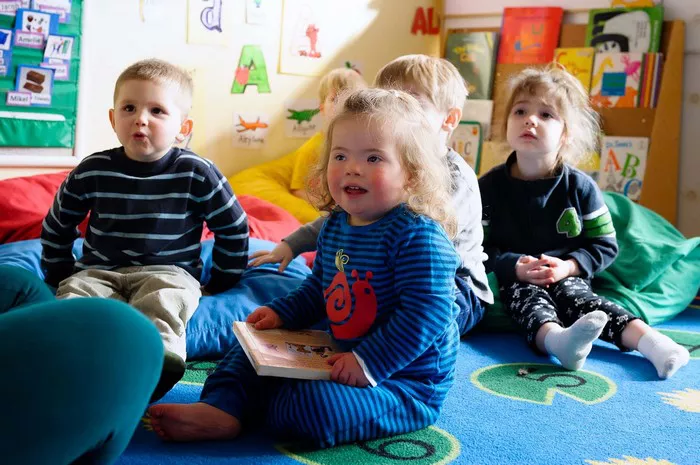Laughter is an essential part of human life, and it begins from a very young age. For children, particularly those around the age of 5, riddles and jokes not only provide a source of amusement but also play a crucial role in their cognitive and social development. This article explores how humor affects young children, provides a selection of age-appropriate jokes and riddles for 5-year-olds, and offers insight into why these simple forms of humor are beneficial at such a formative stage.
Understanding the Role of Humor in Child Development
Humor is a sophisticated cognitive function that involves linguistic skills, social understanding, and emotional intelligence. For 5-year-olds, who are just beginning to grasp the nuances of language and social interaction, riddles and jokes are more than just fun; they are educational tools that promote learning and mental growth.
Engaging with riddles and jokes helps children improve their vocabulary, enhances their comprehension skills, and teaches them about the structure and play of language. Moreover, humor aids in the development of social skills such as empathy, bonding, and understanding social norms.
The Cognitive Leap at Age 5
By the age of 5, children have reached a pivotal point in cognitive development. They start to understand cause and effect, can follow more complex narratives, and begin to appreciate the unexpected twists that make jokes and riddles amusing. This age is also marked by a growing ability to empathize and participate in group laughter, an important aspect of social interactions.
Types of Jokes Suitable for 5-Year-Olds
When choosing jokes for 5-year-olds, simplicity is key. The humor should be straightforward and easy to understand. Here are some types of jokes that resonate well with this age group:
Knock-knock jokes: These are predictable in format and encourage participation, which makes them appealing to young children.
Animal jokes: Jokes about animals, with their clear setups and punchlines, are usually a hit.
Puns: Simple wordplay that relates to their everyday experiences can be both amusing and enlightening.
Incorporating Jokes Into Daily Activities
Using jokes in everyday activities can turn routine tasks into fun learning experiences. Here are some ways to weave humor into daily interactions with your 5-year-old:
Reading time: Introduce books that are humorous and include riddles or jokes.
Playtime: Use toys and games that incorporate puns or humorous scenarios.
Mealtimes: Encourage your child to come up with a joke about the food or the meal situation.
Examples of Jokes and Riddles for 5-Year-Olds
Here is a curated list of jokes and riddles that are sure to delight any 5-year-old:
1. Knock, knock.
Who’s there?
Lettuce.
Lettuce who?
Lettuce in, it’s cold out here!
2. Why did the teddy bear say no to dessert?
Because she was stuffed.
3. What do you get when you cross a snowman with a vampire?
Frostbite!
4. How do all the oceans say hello to each other?
They wave!
5. What do you call a dinosaur that is sleeping?
A dino-snore!
6. Why did the student eat his homework?
Because the teacher told him it was a piece of cake!
7. What time is it when the clock strikes 13?
Time to get a new clock!
8. Why couldn’t the pony sing a lullaby?
Because she was a little hoarse.
9. What animal needs to wear a wig?
A bald eagle!
10. Why did the tomato turn red?
Because it saw the salad dressing!
The Benefits of Sharing Jokes and Riddles
Sharing jokes and riddles provides numerous benefits:
Enhances Bonding: Laughing together can strengthen relationships and foster a positive family environment.
Improves Communication Skills: Engaging in joke-telling sessions helps children articulate thoughts clearly and improves their listening skills.
Stimulates Creativity: Coming up with answers to riddles or creating jokes encourages creative thinking and problem-solving.
Conclusion: The Power of Humor in Early Childhood
Jokes and riddles are powerful tools in the developmental arsenal available to parents and educators of young children. They not only entertain but also educate and help in building emotional and social skills. By integrating humor into the lives of 5-year-olds, we can provide them with a joyful approach to learning that promotes intellectual growth and social competence. Encouraging children to laugh and learn simultaneously can set a foundation for lifelong learning and well-being.


